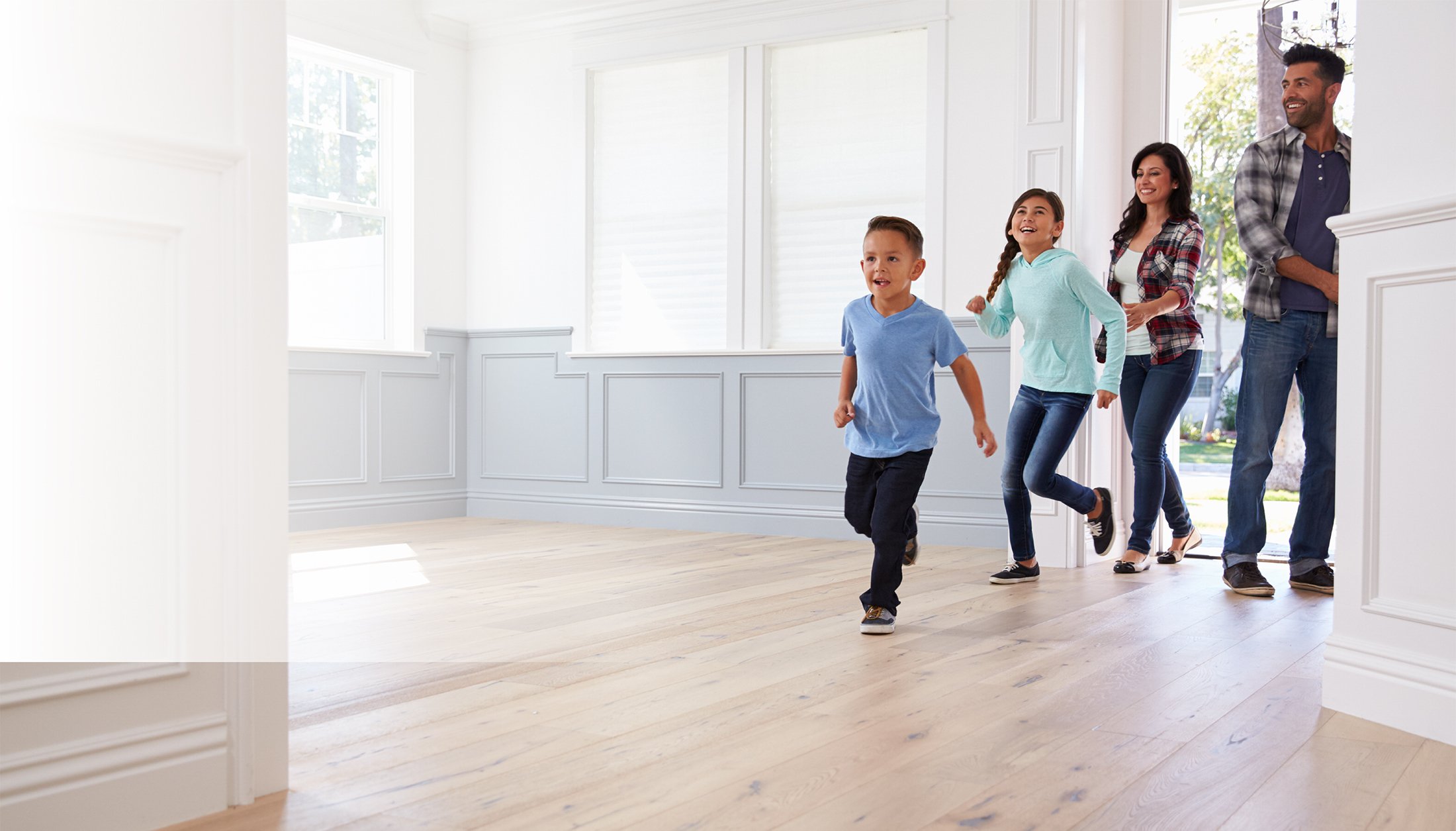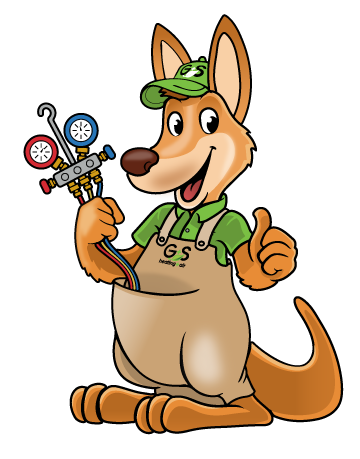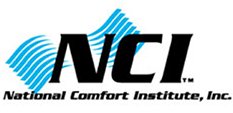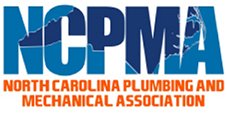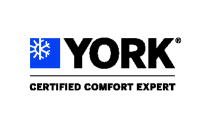
When it comes to understanding the different types of air filters available to improve your indoor air quality, it can get downright mind-boggling. The three primary types of filters are media, electronic, and HEPA, but which one should you use? Take a look at the differences between them to help you decide.
Media Filters
A media air filter is similar to a standard filter in that it traps tiny particles such as mold, dander, pollen, and dust and prevents them from circulating through your home. The difference is the size. A standard filter is about an inch thick, while a media filter is four or five inches thick. Due to its thickness, it can trap more than 40 times more than a one-inch filter, and it traps particles as small as .1 microns and can filter up to 98% of airborne contaminants.
Electronic Air Cleaners
Like regular air filters, electronic air cleaners go in your HVAC system, filtering pollutants from the air. They’re different in that they use electricity as part of the filtering process to attract the pollutants and trap them before they can circulate. By creating a charge, it uses static pressure to grab the tiny particles and filter them from your indoor air.
HEPA Filter
HEPA stands for High-Efficiency Particulate Air. This type of HVAC filter one of the most effective at trapping tiny particles, as small as .3 microns. Rated at 99.9% effective, hospitals and healthcare facilities use this type of filter because it can trap viruses and bacteria more effectively than other types of filters. However, unless your system is specifically designed for this type of filter, it can severely restrict airflow and damage your HVAC system.
If you’re still not sure which filter to use in your heating and air conditioning system, don’t worry, we’re here to help. Contact G+S Heating and Air today for help with all things related to your HVAC system, including choosing the right air filter.


